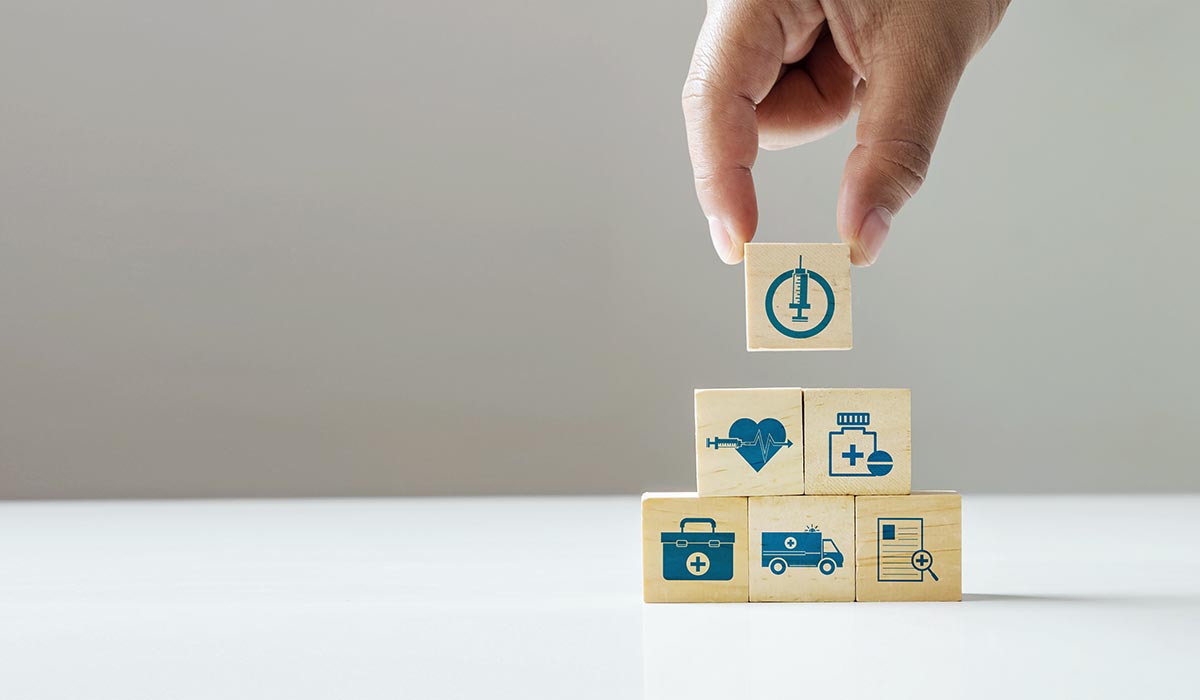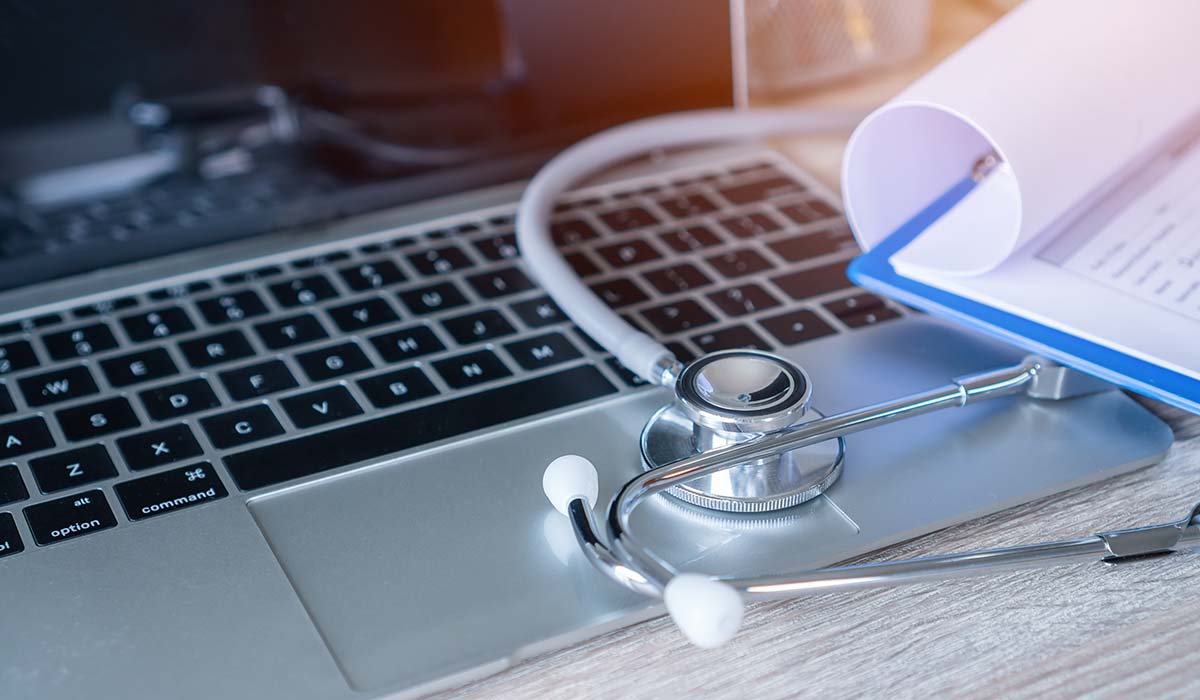Improved Patient Information: How Helpful are Pulse Monitors and Home ECGs?
When it comes to improving patient information, it needs to be considered how best we can do this in medical environments and at home.
This may mean a patient engagement system in hospital environments, which you can follow the link to find out more about.
At home, it will be about patients using technology to monitor their conditions on behalf of health professionals while benefitting themselves in terms of the care and treatments they receive.
Pulse oximeters, are small devices attached to the wrist of a patient to determine the heart rate and oxygen saturation in the blood.
Patients who have heart problems are often given pulse oximeters to monitor their heart health.
Home ECGs, or electrocardiograms, are similar to the pulse oximeter, but they are used to determine heart conditions and can measure the electrical activity in the heart.
Just as pulse-oximetry and electrocardiogram (EKG) monitors used to be important tools for diagnosing and monitoring serious conditions such as heart failure, they have become increasingly popular in the over-50-year-old population.
These monitors provide vital information on various health-related conditions, including cardiovascular diseases and other health issues.
These devices are so useful because many of their functions rely on computerized analysis of the patient’s heart rate.
Wearable medical devices, such as an ECG, are among the most effective tools for diagnosing medical conditions.
But how well do they work?
They can be accommodating in detecting heart conditions, but they don’t always give accurate results, and unintended consequences of using them are also possible.
Improved Patient Information: How do Pulse Monitors work?
Pulse monitors are electronic gadgets that can measure a person’s blood pressure by placing a device on the forearm and monitoring the pulse rate by placing an earpiece on the ear.
Pulse monitors are used for different clinical reasons.
As a home health device, it is used to diagnose and treat cardiovascular diseases such as Hypertension or Heart Attack.
As a medical device, it is used to monitor the health of patients with heart failure.
Pulse Monitors are used by doctors to measure a patient’s pulse rate or heart rate.
This electronic technology is used by doctors to check the heart rate of their patients.
These devices are a great way to keep track of the heart rate of a patient.
- Pulse Monitors are used by people in low-risk situations.
- Pulse Monitors are used in high-risk and in low-risk situations.
- Pulse Monitors are not used in high-risk situations because they show the wrong number of pulses in the high-risk situation.
Improved Patient Information: How does a Home ECG work?
There are several ways you can use an electrocardiogram (ECG or EKG) to help diagnose a heart problem.
The first is to use it as an initial screening test for heart problems, and the second is for use in diagnosing cardiac arrhythmias.
Each method has advantages and disadvantages.
An ECG may be used as an initial screening test for heart problems.
The test provides a quick and relatively reliable way to evaluate heart function.
Electrodes are placed on the skin over the chest and upper arm, and an ECG is performed to evaluate the heart’s electrical activity.
The arrhythmias may be diagnosed by measuring the heart’s electrical activity during a heartbeat.
The heart is a muscular, pumping, electrically conductive muscle.
When it pumps blood, it does so in a coordinated way through the arteries and veins that conduct oxygen and nutrients to the muscles and collect metabolic waste from the muscles and other tissues.
A heart-monitoring machine (a “pulse monitor”) is used to monitor this pumping action.
Importance of Pulse Monitors And Home ECGs
There is no question that home pulse monitors and home ECG machines are useful tools for patients suffering from heart disease.
Home ECG monitors are designed to detect atrial fibrillation, a dangerous heart rhythm that increases your risk of stroke, heart attack, or other heart problems.
They detect abnormalities by measuring the electrical activity of heart muscle.
In more recent times, wearable devices are able to constantly run an ECG on the patient.
This data can be fed through systems like those developed by The Neural Cloud to thoroughly analyse cardiac data and make it easier for healthcare providers to draw conclusions from.
Pulse monitors and home ECGs are necessary measures of the heart’s health, helping to identify potential issues and monitor recovery after procedures.
By purchasing a device that monitors your heart rate and/or tests your blood pressure at home, you’re able to help your body get better faster.
Pulse Monitors
Home ECGs are important tools for those who suffer from heart disease, strokes, and other related conditions.
They are also helpful for those who want to monitor their health condition and those who want to fall pregnant.
The sharing of information is key when it comes to medical treatments and keeping patients informed.
Being mindful about confidentiality and keeping the information publically displayed in medical environments general and relevant is important.
Apart from providing patient information, technology is also useful in ensuring fewer errors in medical records.
So, it is clear to see how home ECG monitoring can help patients just as the screens and technology in medical environments help parents and their families.




















